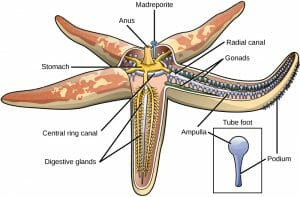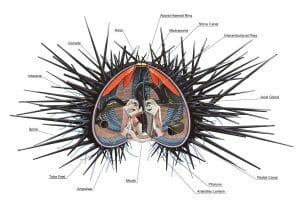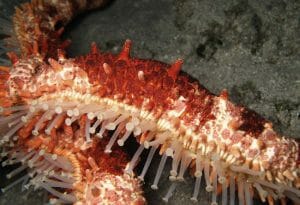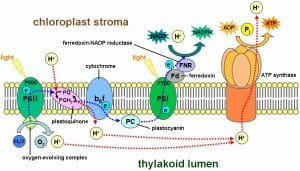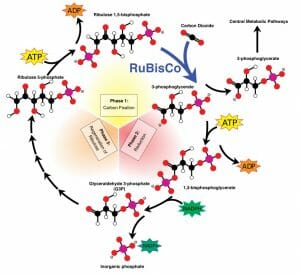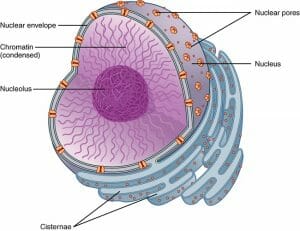Geriatrics Definition
Geriatrics, or geriatric medicine, is a specialty of medicine that focuses on the health care of the elderly. Doctors who practice geriatrics are called geriatricians or geriatric physicians. They work to improve and maintain the health of elderly people by treating and preventing diseases such as dementia, osteoporosis, and heart disease. Geriatrics is different from gerontology, which is the study of the aging process, such as the biological changes that take place in cells.
History of Geriatrics
Ignatz L. Nascher, a physician who was born in Austria and raised in America, was the first to use the term geriatrics in 1909. He was inspired by the Austrian system of caring for elderly people, which was flourishing. Nascher’s views and interest in treating elderly patients differed markedly from his colleagues, and he was initially met with resistance from them. For example, his contemporary William Osler once stated that after age 40, men were relatively useless, and after age 60, men were absolutely useless and should be killed with chloroform. (Osler was in his mid-50s at the time of this speech, and was known for being a jokester, but the devaluation of the elderly was commonly seen in society.) Marjory Warren, a British doctor, was another early leader in geriatrics. In 1935, she was put in charge of the elderly patients at West Middlesex Hospital. She made substantial changes to the way these patients were being treated, including improving the quality of their surroundings, initiating rehabilitation programs, and promoting the motivation and active engagement of older people in their daily lives. She also wrote 27 articles on geriatrics.
Around this time, the field of geriatrics developed more quickly in the United Kingdom than in the United States, possibly because the UK had a greater proportion of elderly people in their population. The American Geriatric Society was founded in 1942, but the first geriatric medicine fellowship in the US was only created in 1966, and it was not until 1982 that the first separate geriatrics department was established in an American university (Mount Sinai School of Medicine). By this time, geriatrics departments in British universities had existed for decades. The Veterans Association was an important organization that contributed to the growth of American geriatrics in the 1970s. It was established as a response to the increase in aging veterans and was responsible for research, education, and patient care. Another crucial turning point happened in 1978, when American doctor Paul E. Beeson, who had taught at Oxford, led a series of Institute of Medicine reports on treating the elderly. The first report was son challenges that doctors faced in treating older patients, and the second emphasized the necessity of training academic leaders in geriatrics, who could then go on to educate others.
After these reports, the field of geriatrics expanded rapidly. However, although the elderly population is increasing in the United States, there is a shortage of geriatricians; in fact, the number of geriatricians is decreasing. This is due to multiple reasons. Geriatrics is newer and less established than other specialties of medicine like cardiology and nephrology, geriatricians are not as well paid, and geriatrics may be seen as less glamorous than other specialties. Nevertheless, the need for geriatricians remains high and will only increase as the population ages.
Common Geriatric Conditions
Common health conditions in elderly patients that geriatricians diagnose, treat, and manage include:
- Arthritis
- Cancer
- Cardiovascular Disease
- Cataracts
- Dementia
- Falls
- Hearing Loss
- Incontinence
- Osteoporosis
- Sleep Problems
- Stroke
Geriatrics Careers
With people living longer than they used to and with the older population continuing to increase in number, the demand for geriatricians is growing. In order to become a geriatrician, one must go to college and obtain a bachelor’s degree. Then they must go on to medical school, complete an additional residency after medical school, and become certified to be a doctor. A bachelor’s degree takes about four years, medical school takes an additional four years, and a residency can take from three to seven years, so one who wants to become a geriatrician must be extremely committed to further schooling. A premed student may choose from a variety of different majors as an undergraduate, as long as they are on a premed track that meets the prerequisites for medical school. Usually, this involves taking courses in biology, chemistry, physics, and calculus. Then, in medical school and especially during residency, an individual can begin to specialize in geriatrics.
Geriatricians work long, hard hours, and taking care of the elderly can be especially challenging because of the often debilitating health conditions that are associated with elderly people. But it can be very rewarding to assist patients and directly improve their lives, and geriatricians are aided in their work by a whole team of healthcare professionals. Other jobs that can involve specialization in geriatrics and working closely with geriatricians include being a nurse, psychiatrist, pharmacist, physician assistant, social worker, or physical therapist. Additionally, certain other health professions are not exclusively within geriatrics but may often involve the care of elderly people, such as being an audiologist, podiatrist, or dietitian. Specialized training beyond a bachelor’s degree is required for many of these positions.
Related to but not the same as geriatrics is gerontology, a subfield of biology that studies the changes that take place during aging. Many gerontologists are researchers that work in a laboratory setting, while others are involved in administration and policy. Generally, geriatrics and gerontology complement each other but do not directly overlap; geriatrics involves direct patient care while gerontology has more of an indirect role. However, a geriatrician who takes care of patients and also performs research would be considered both a geriatrician and a gerontologist. People in both of these fields have the same goal: to improve the quality of life for the elderly.

In this image, a geriatric nurse gives a checkup to an elderly patient in Nicaragua.
References
- n.a. (n.d.). “A Brief History of Geriatrics.” The John A. Hartford Foundation. Retrieved 2017-07-06 from http://www.johnahartford.org/ar2005/2_a_brief_history.html.
- n.a. (n.d.). “Geriatrics Overview.” Liaison International. Retrieved 2017-07-10 from https://explorehealthcareers.org/field/geriatrics/.
- n.a. (n.d.). “The History of Geriatric Medicine.” IPC / Senior Care of Colorado. Retrieved 2017-07-06 from http://www.seniorcareofcolorado.com/index.php?option=com_content&view=article&id=152&Itemid=151.
- n.a. (2015-12). “A Guide to Geriatric Syndromes: Common and Often Related Medical Conditions in Older Adults.” Health in Aging. Retrieved 2017-07-07 from http://www.healthinaging.org/resources/resource:guide-to-geriatric-syndromes-part-i/.
- Morley, John E. (2004). “A Brief History of Geriatrics.” Journal of Gerontology: Medical Sciences 59A(11): 1132-1152.
Geriatrics



